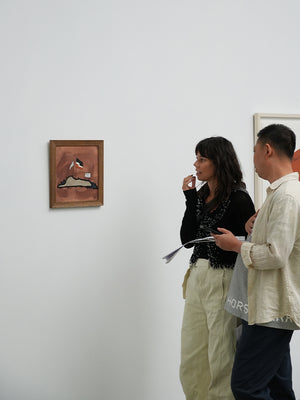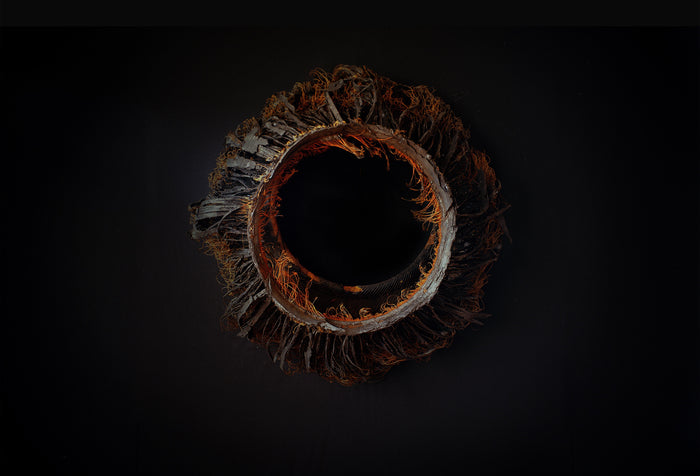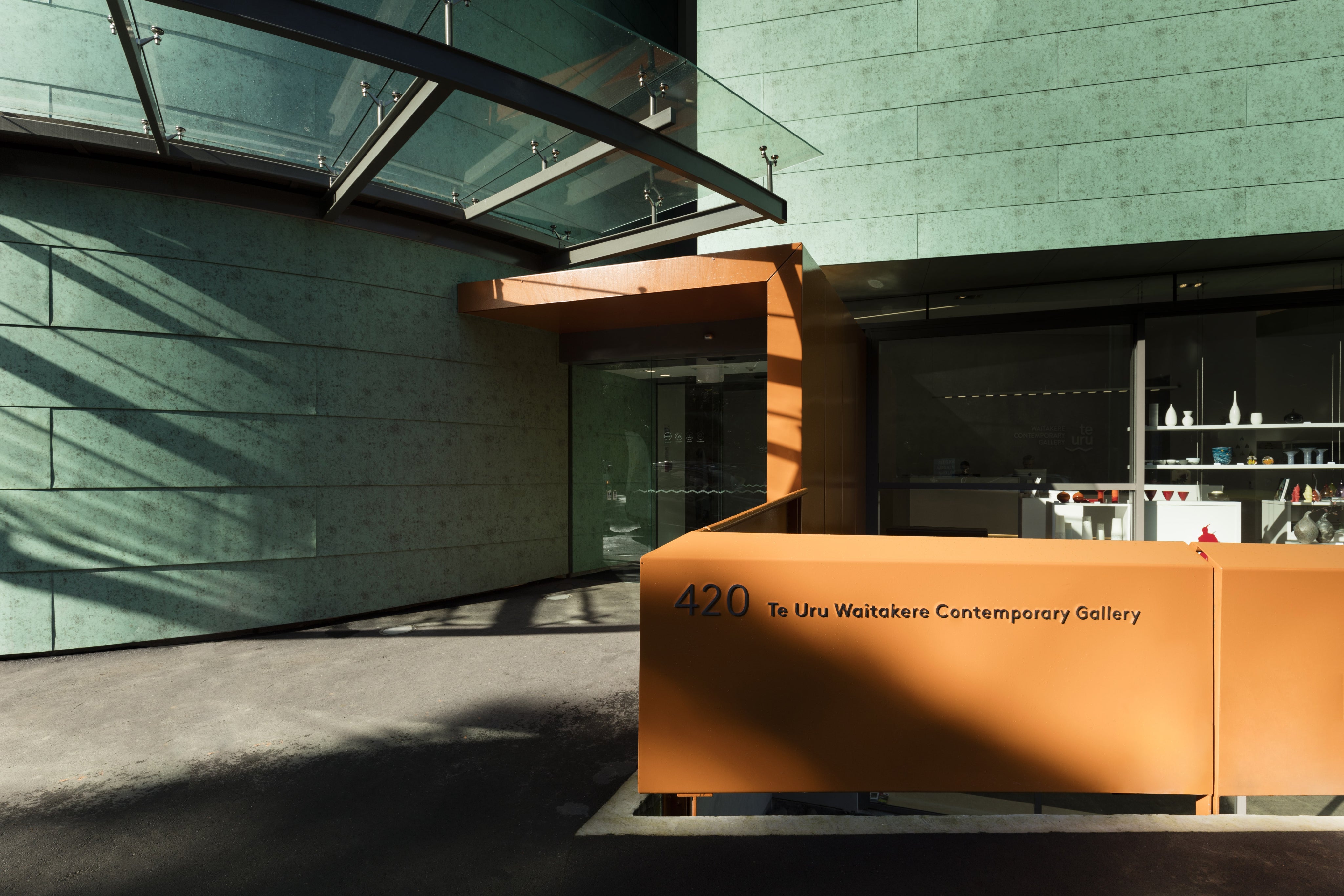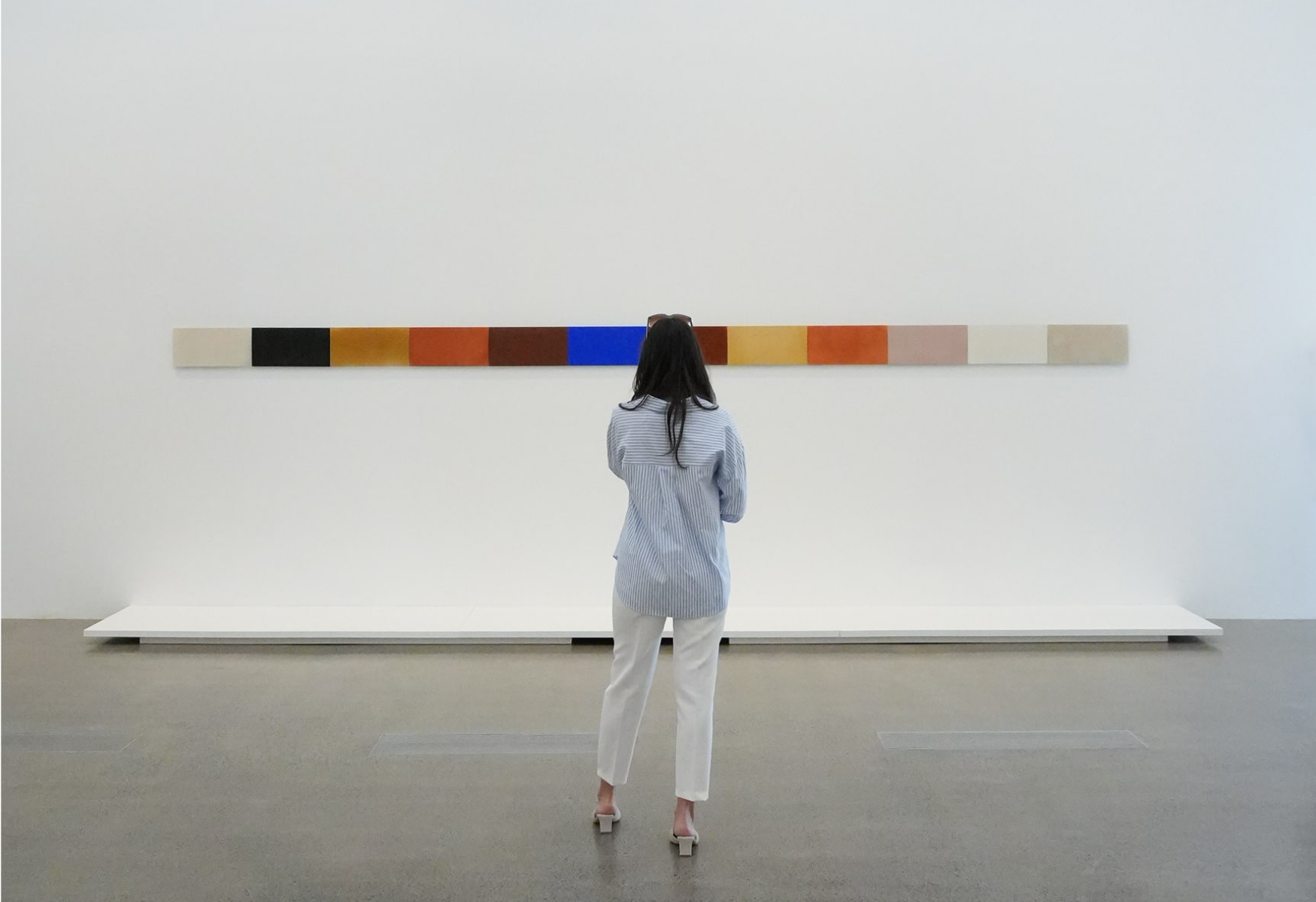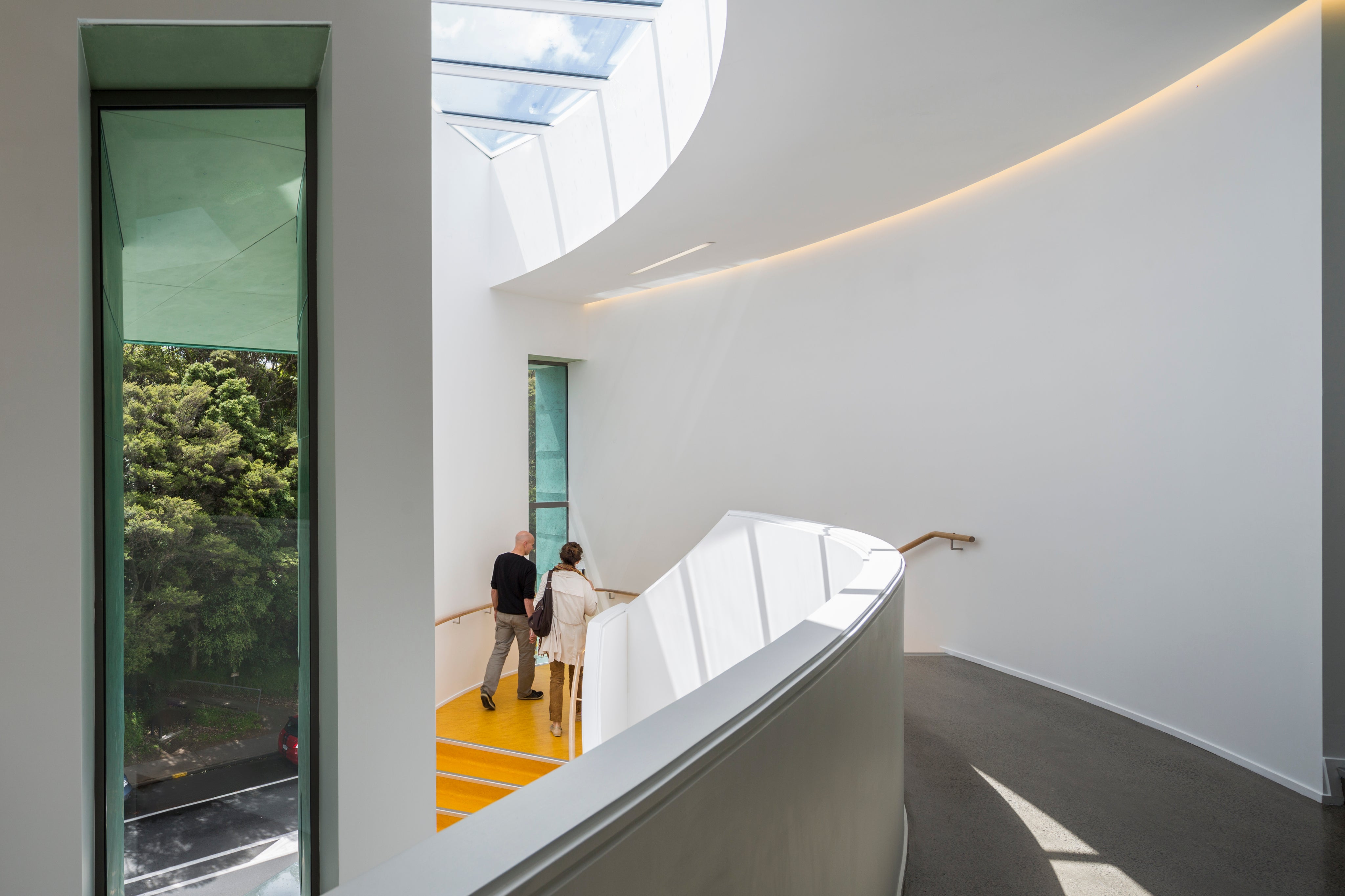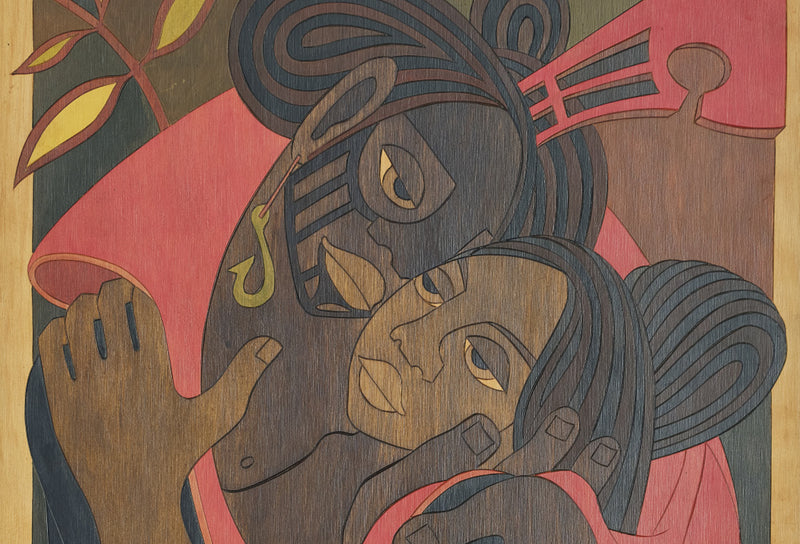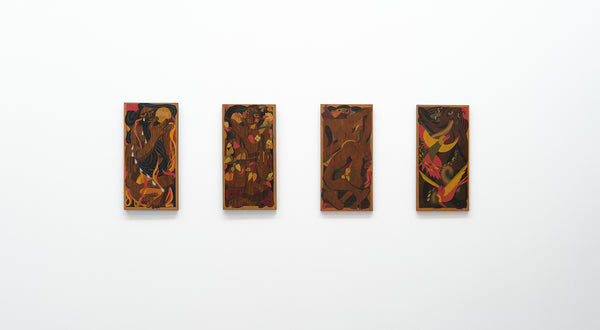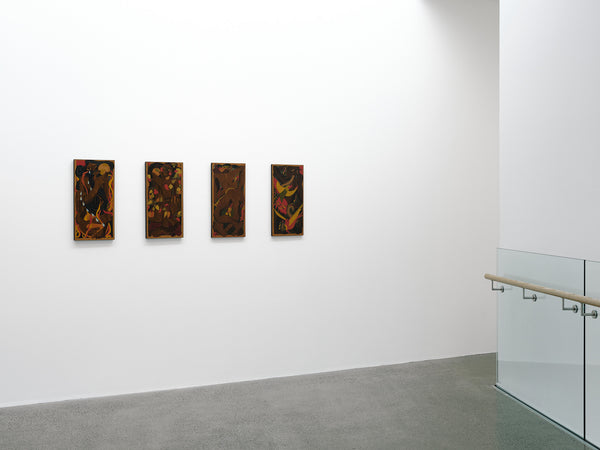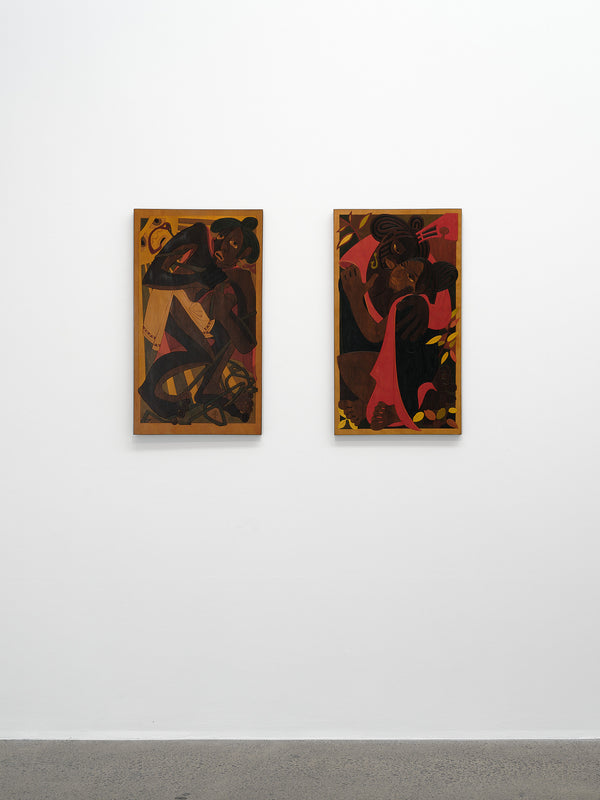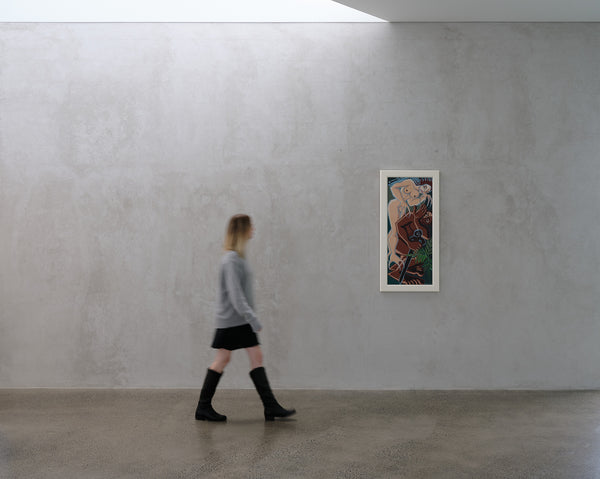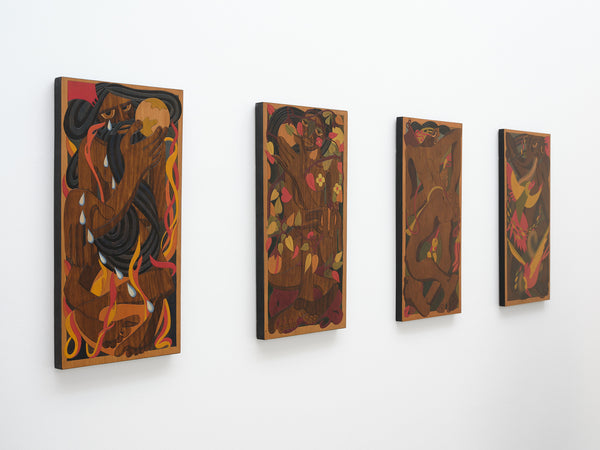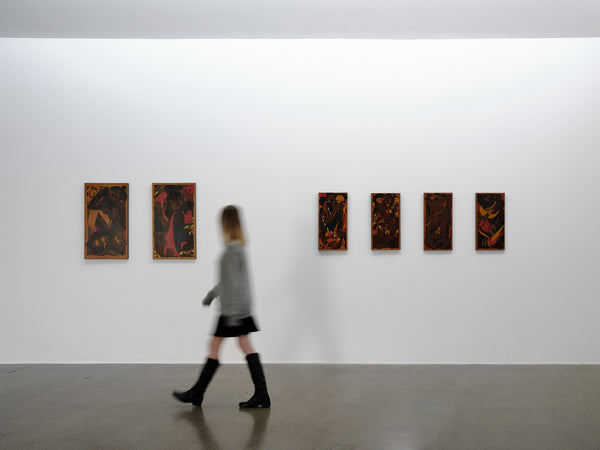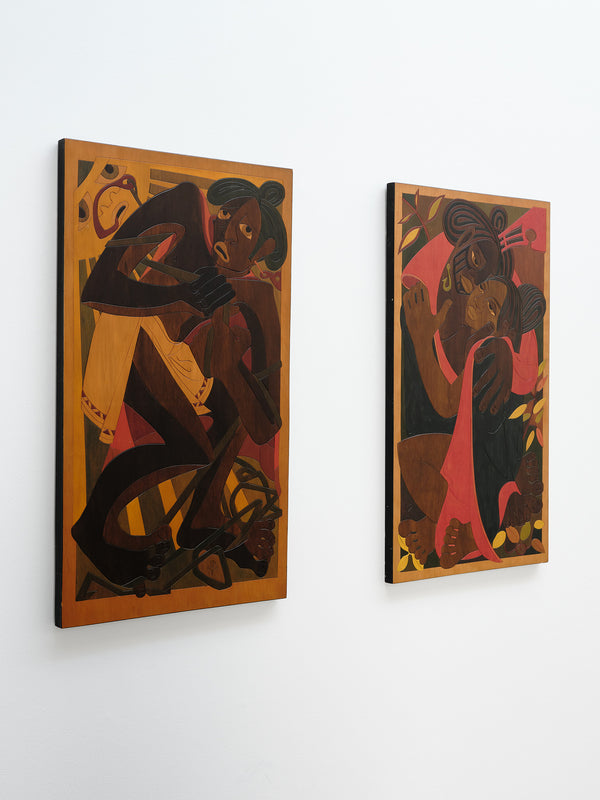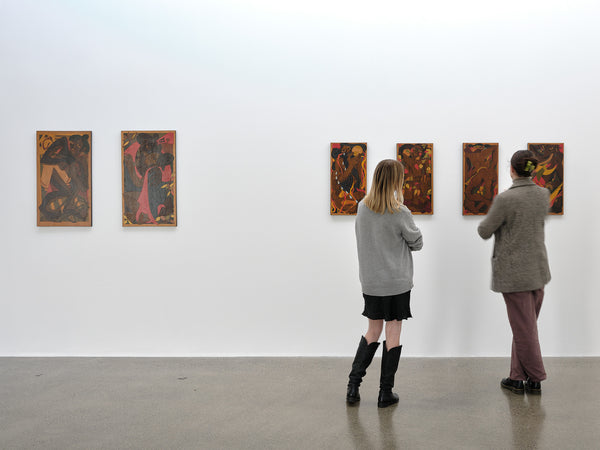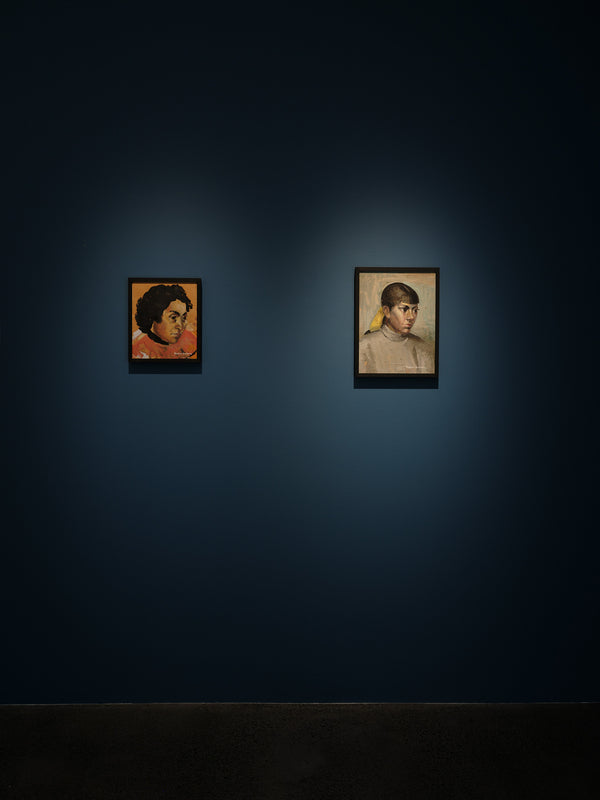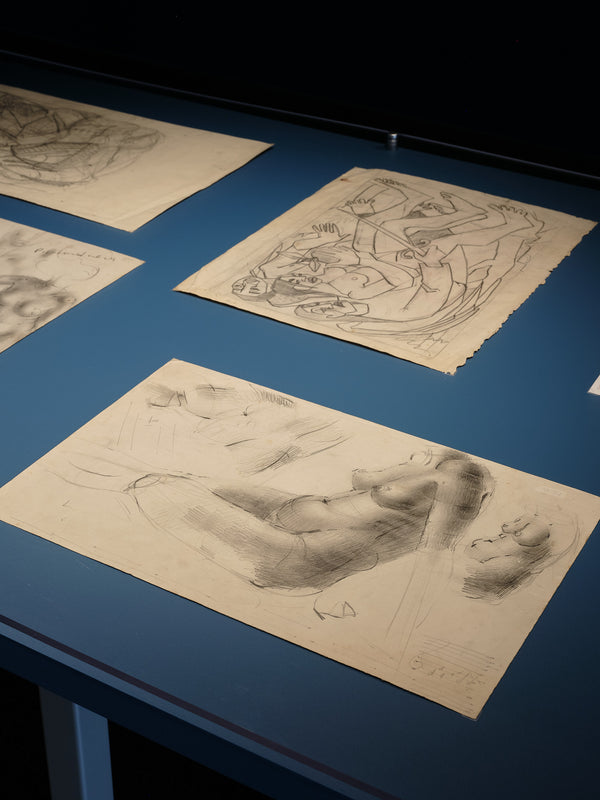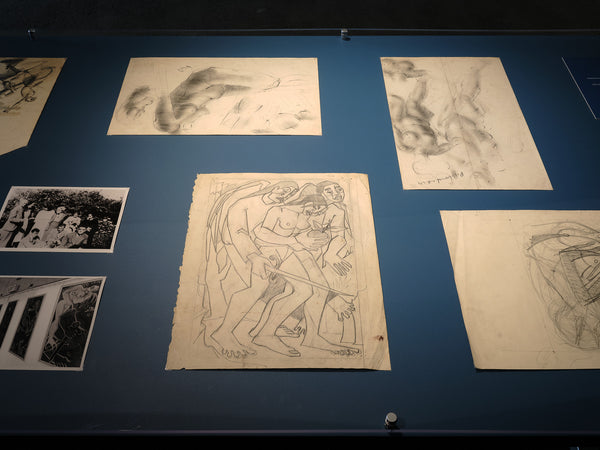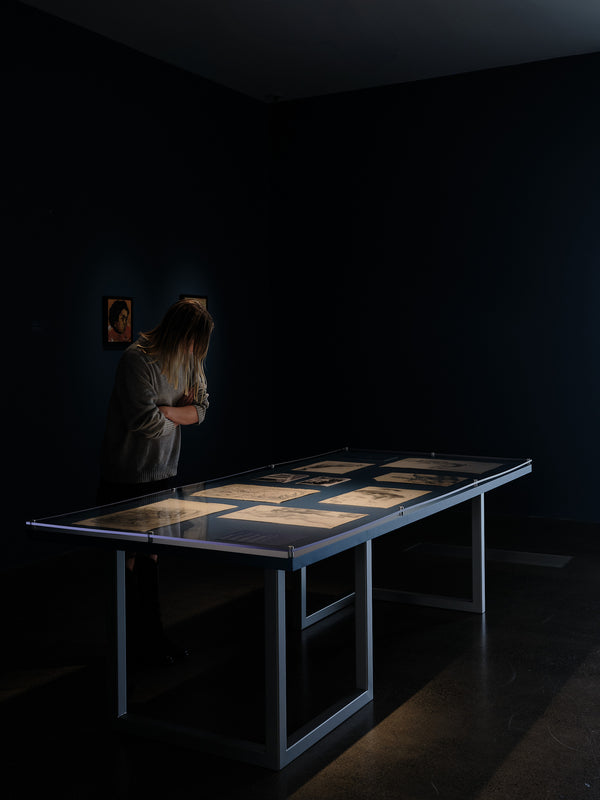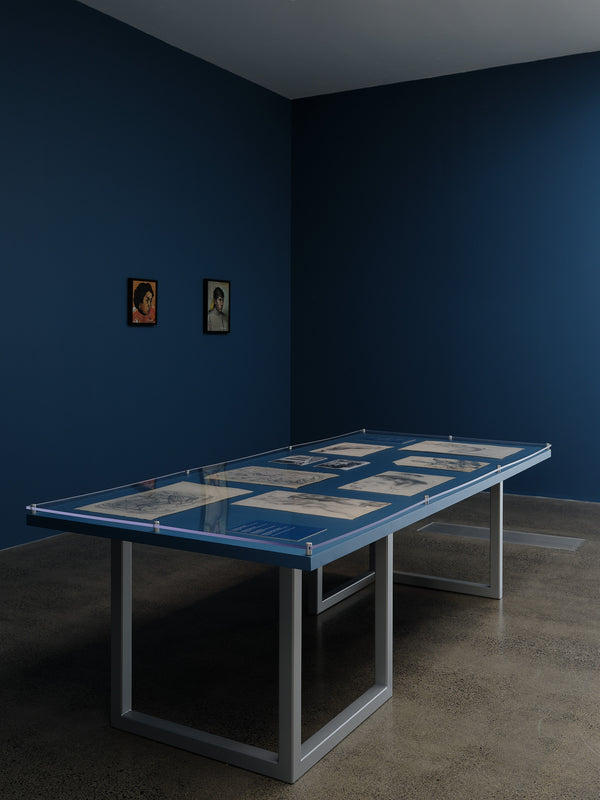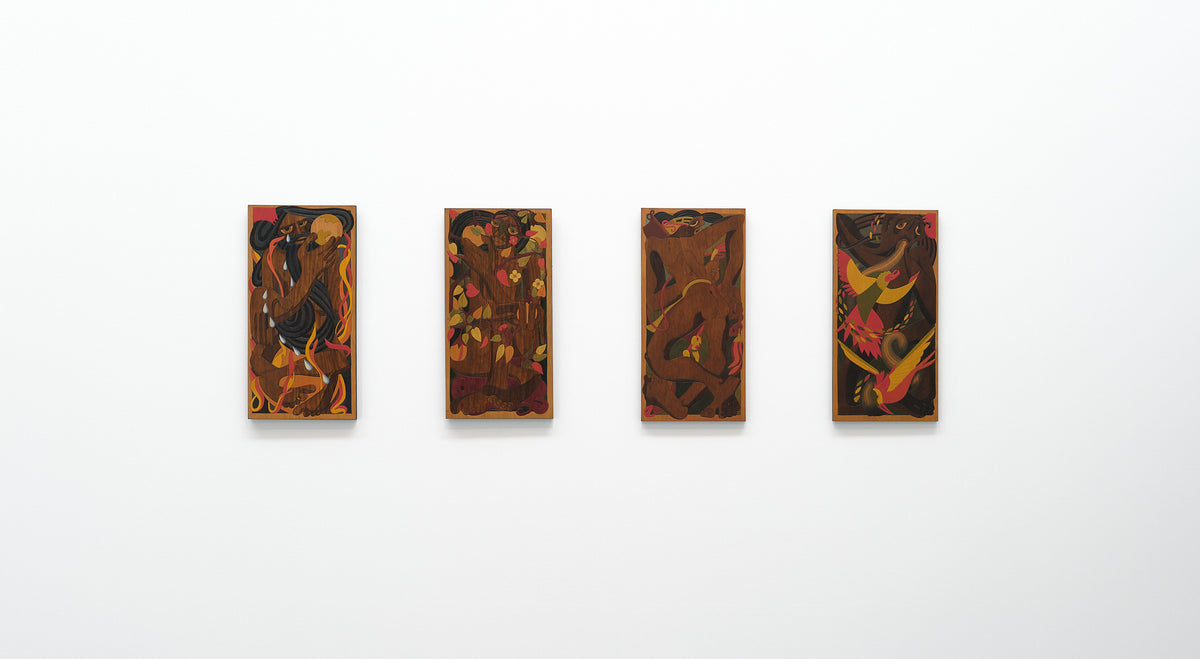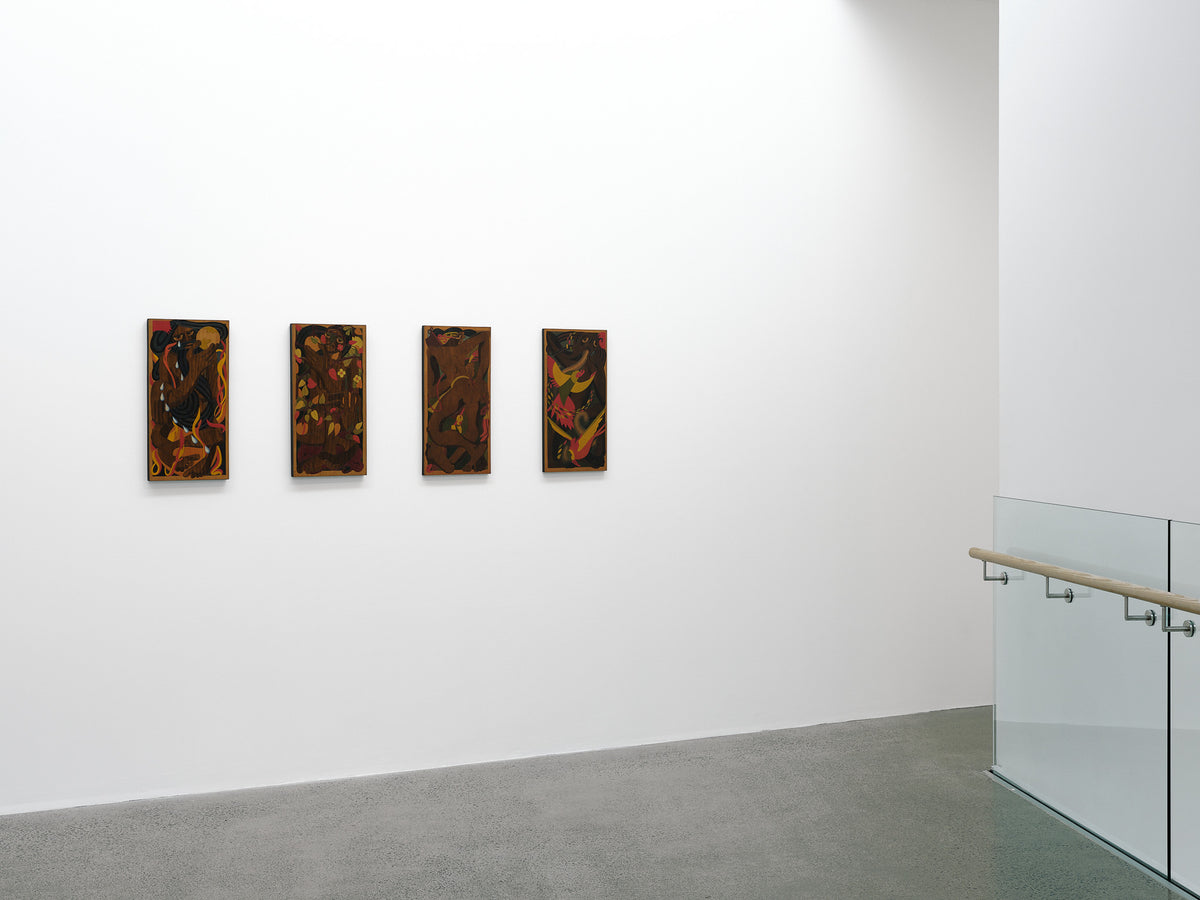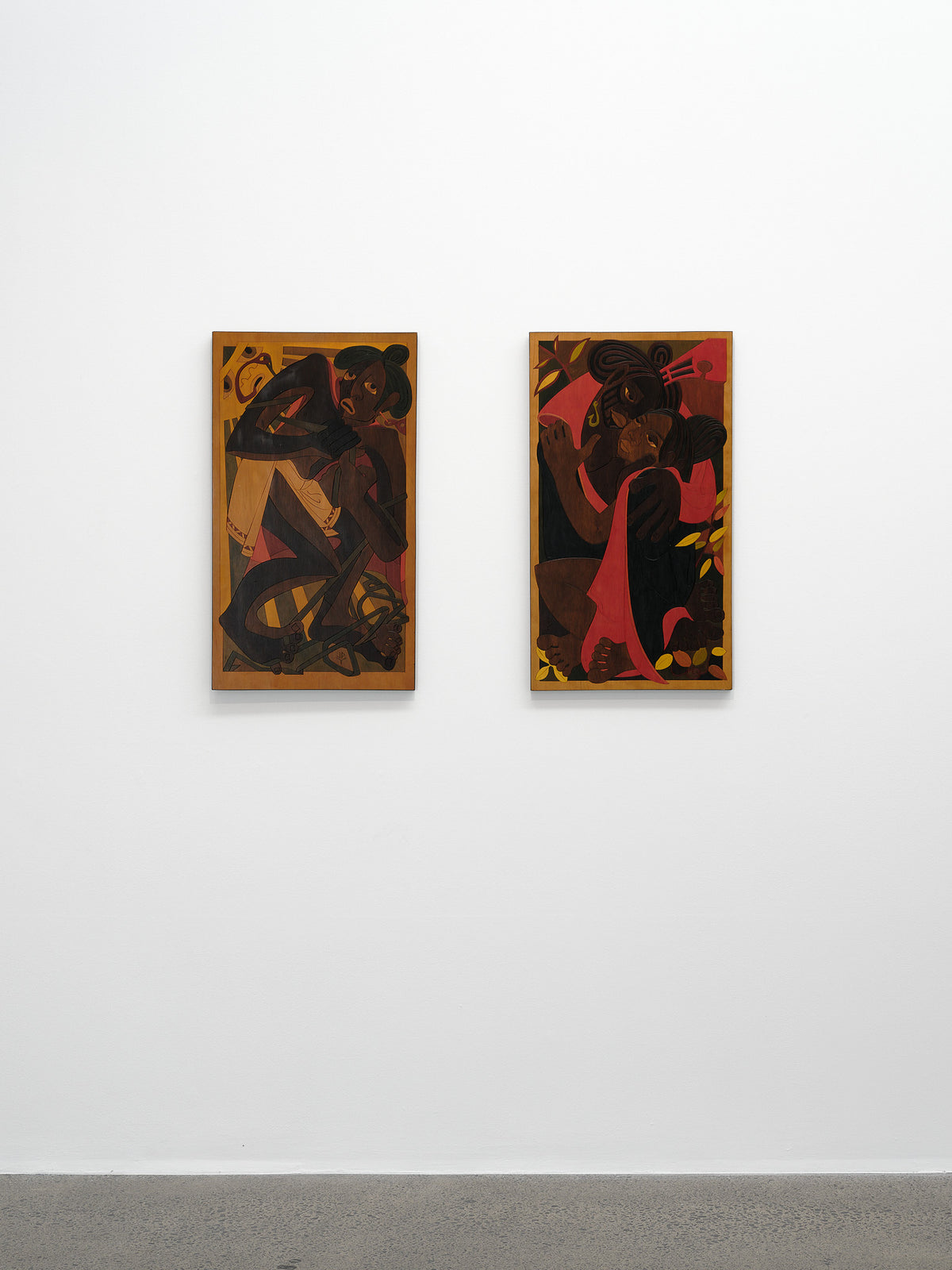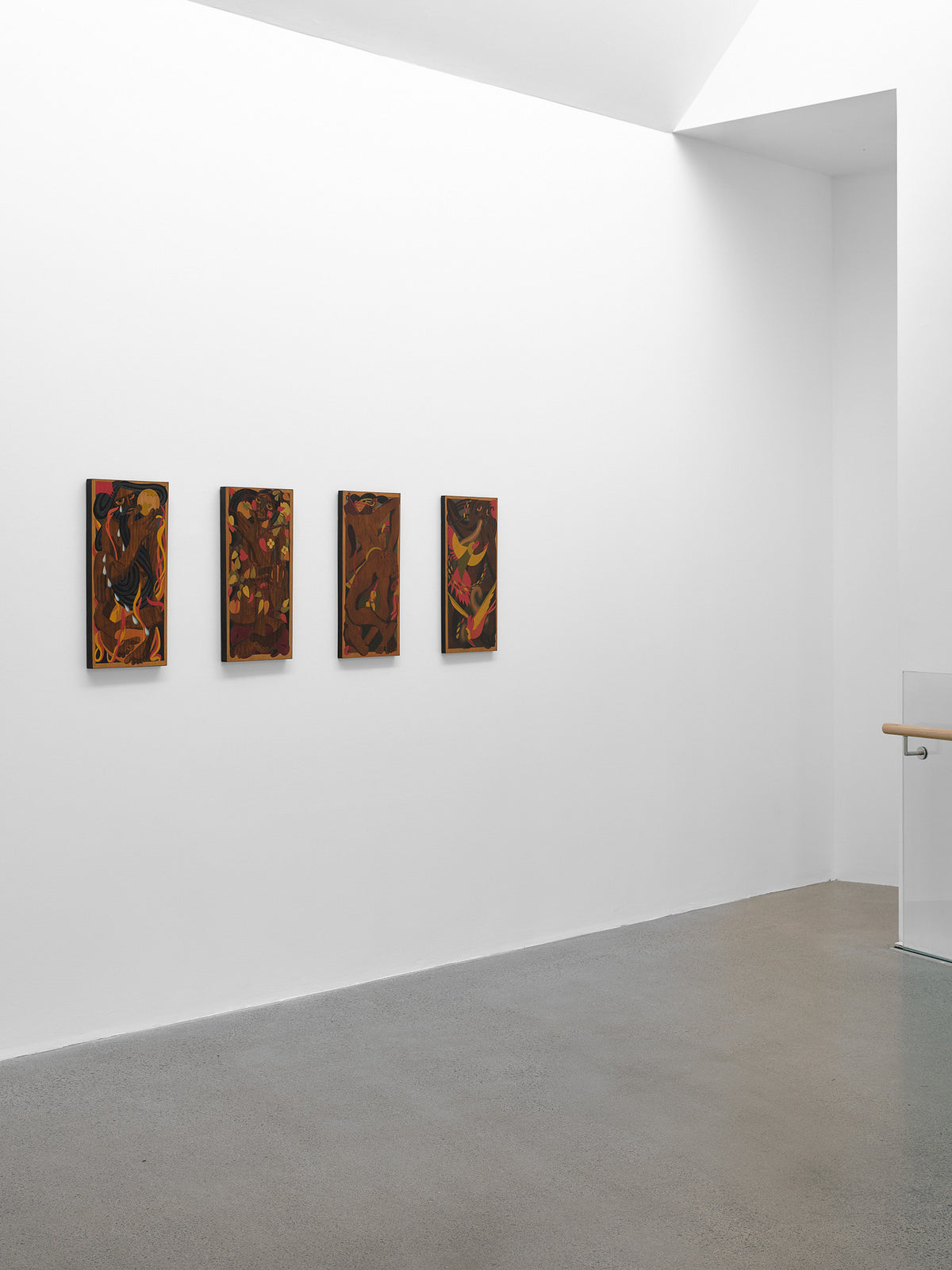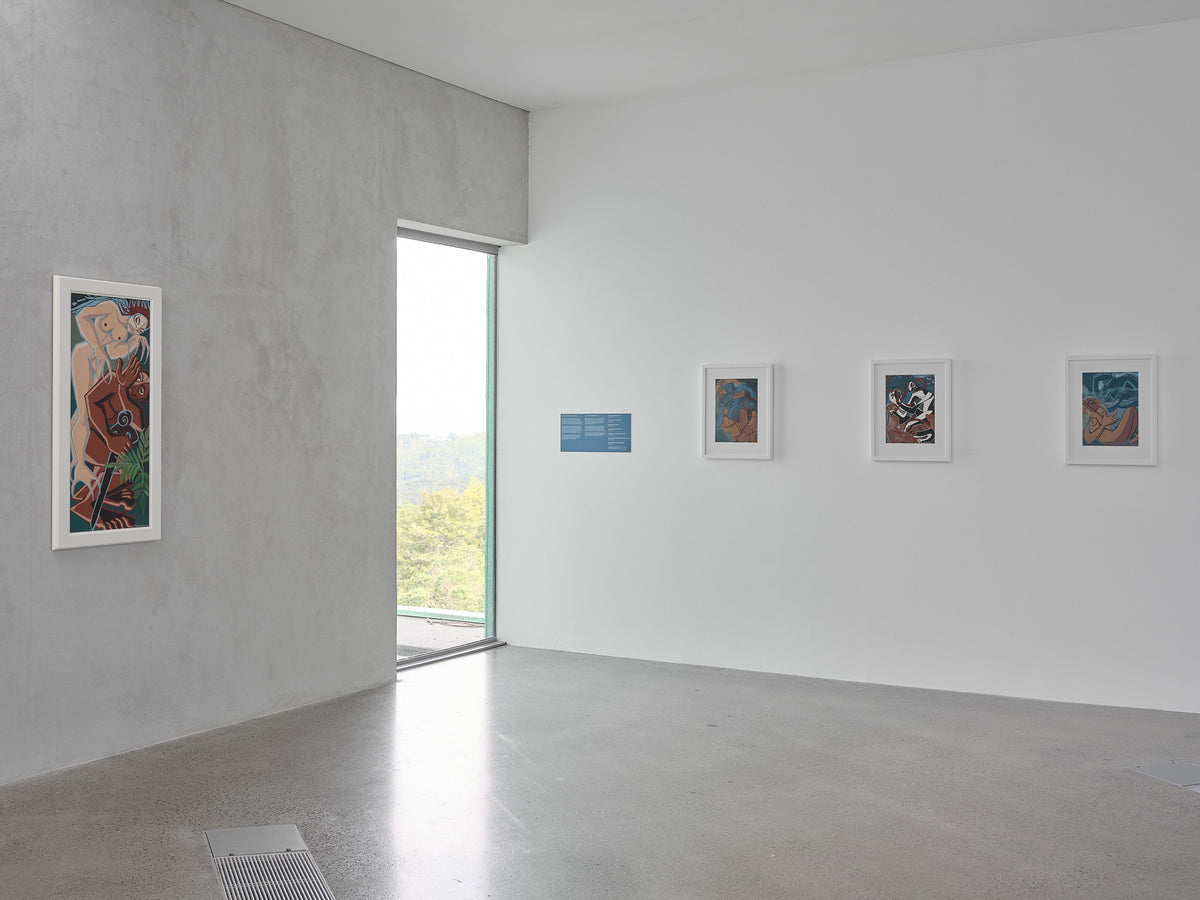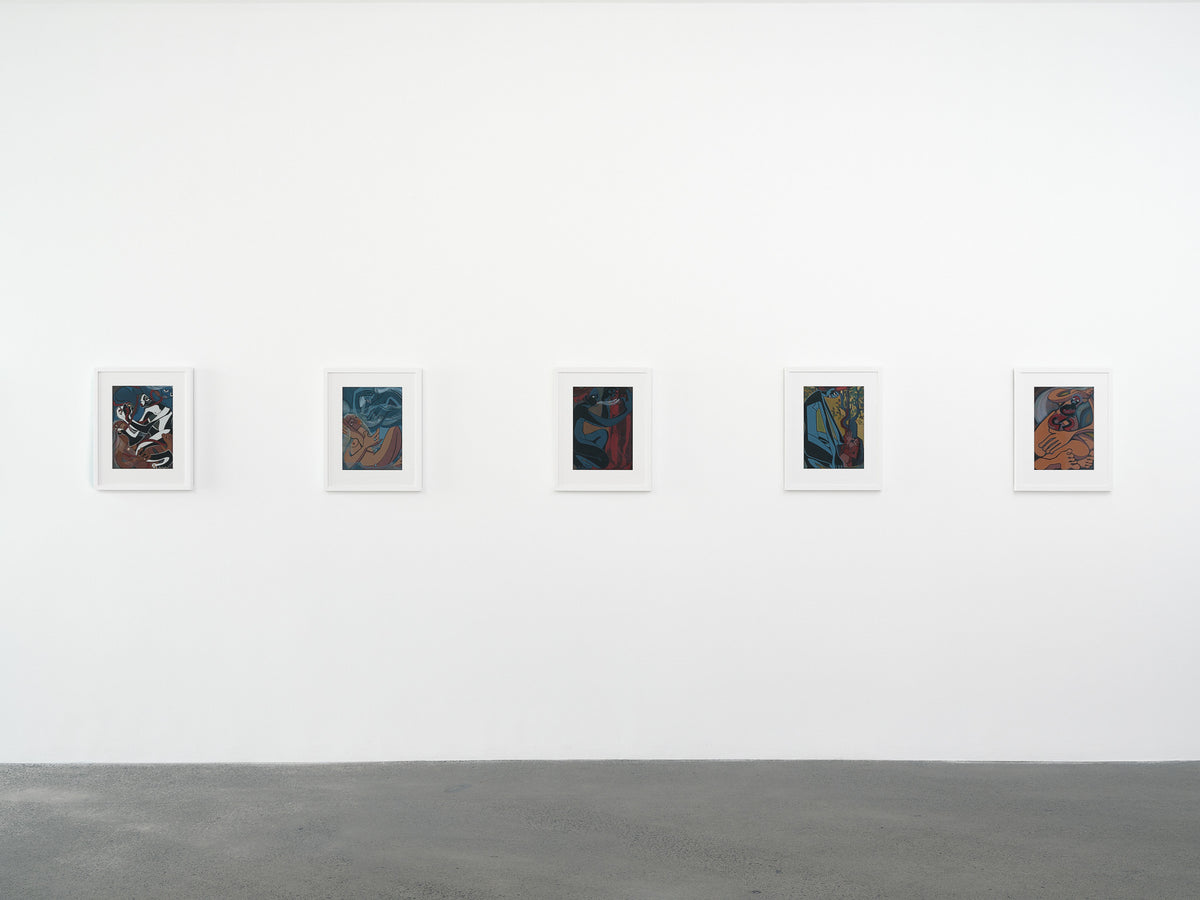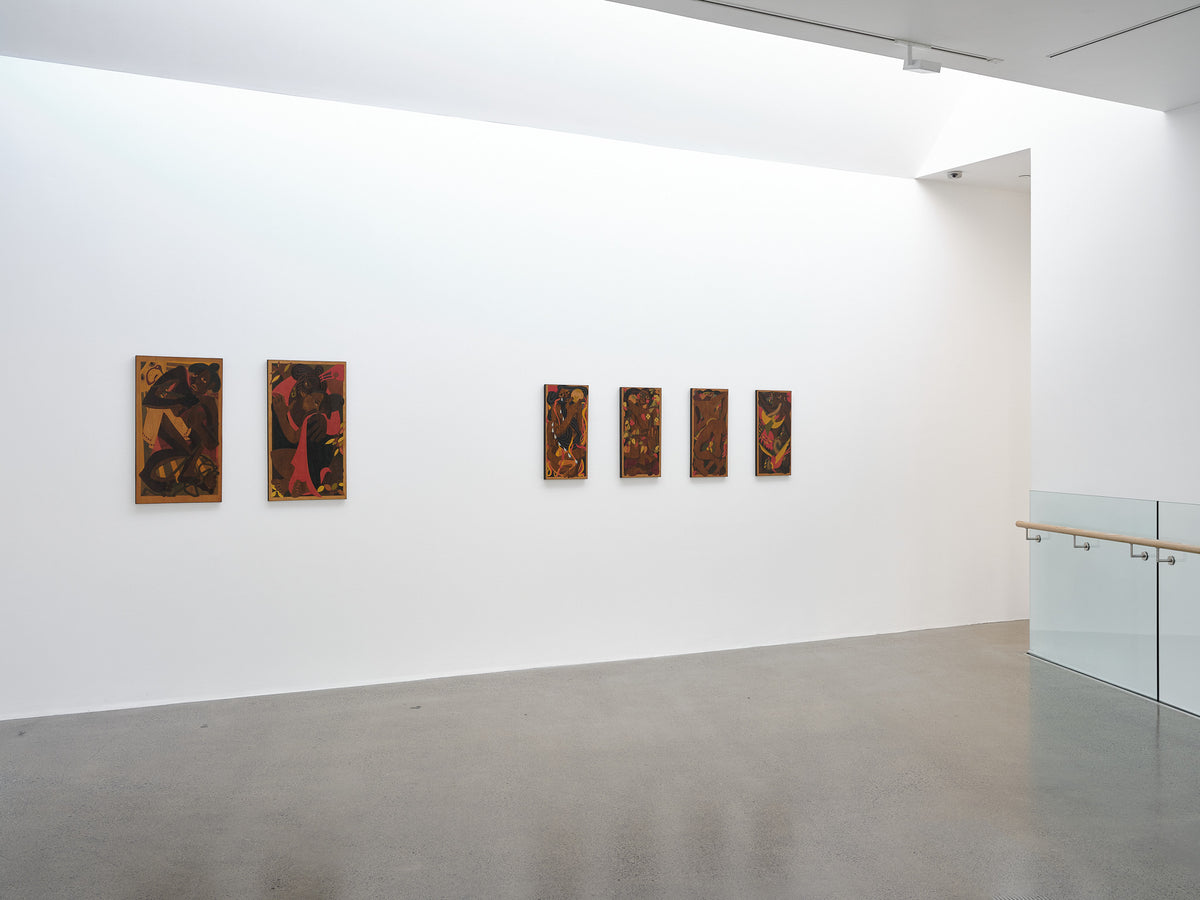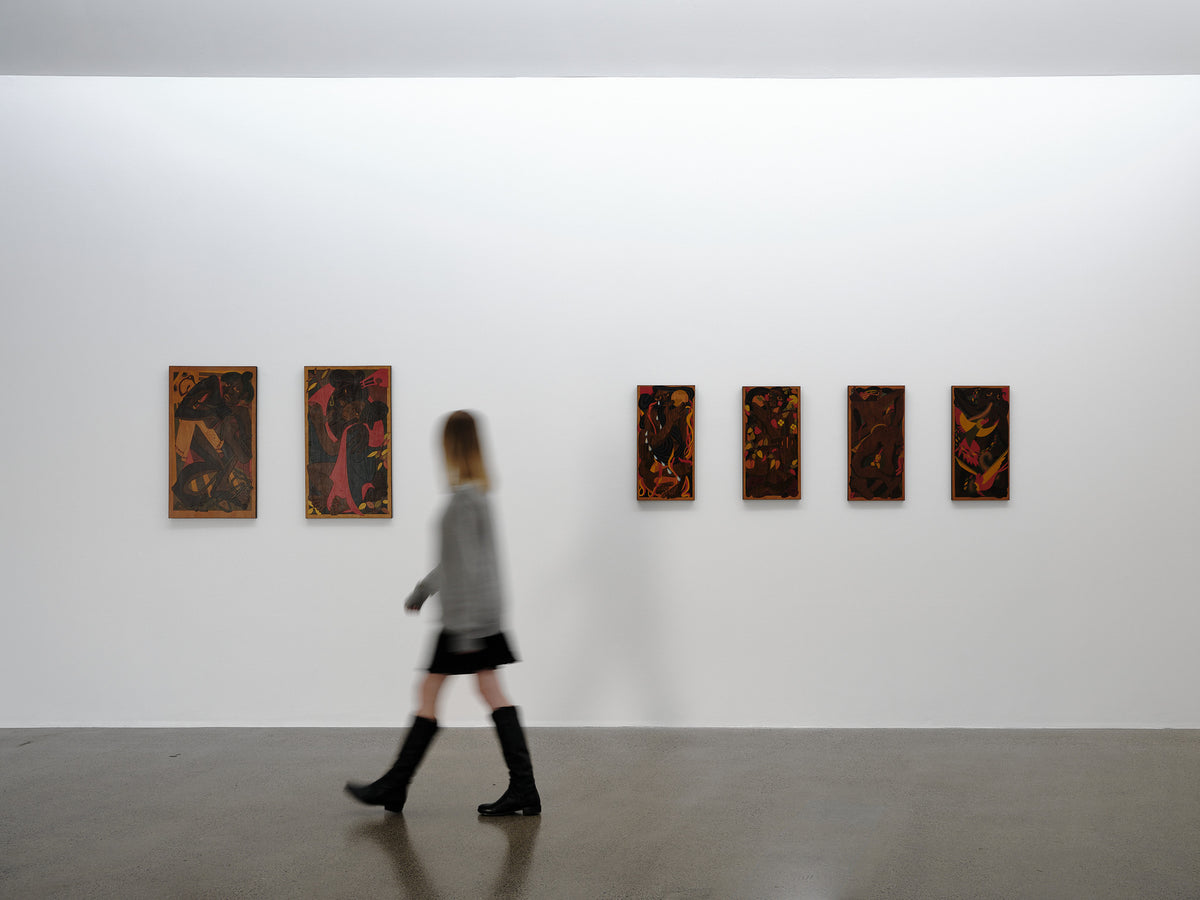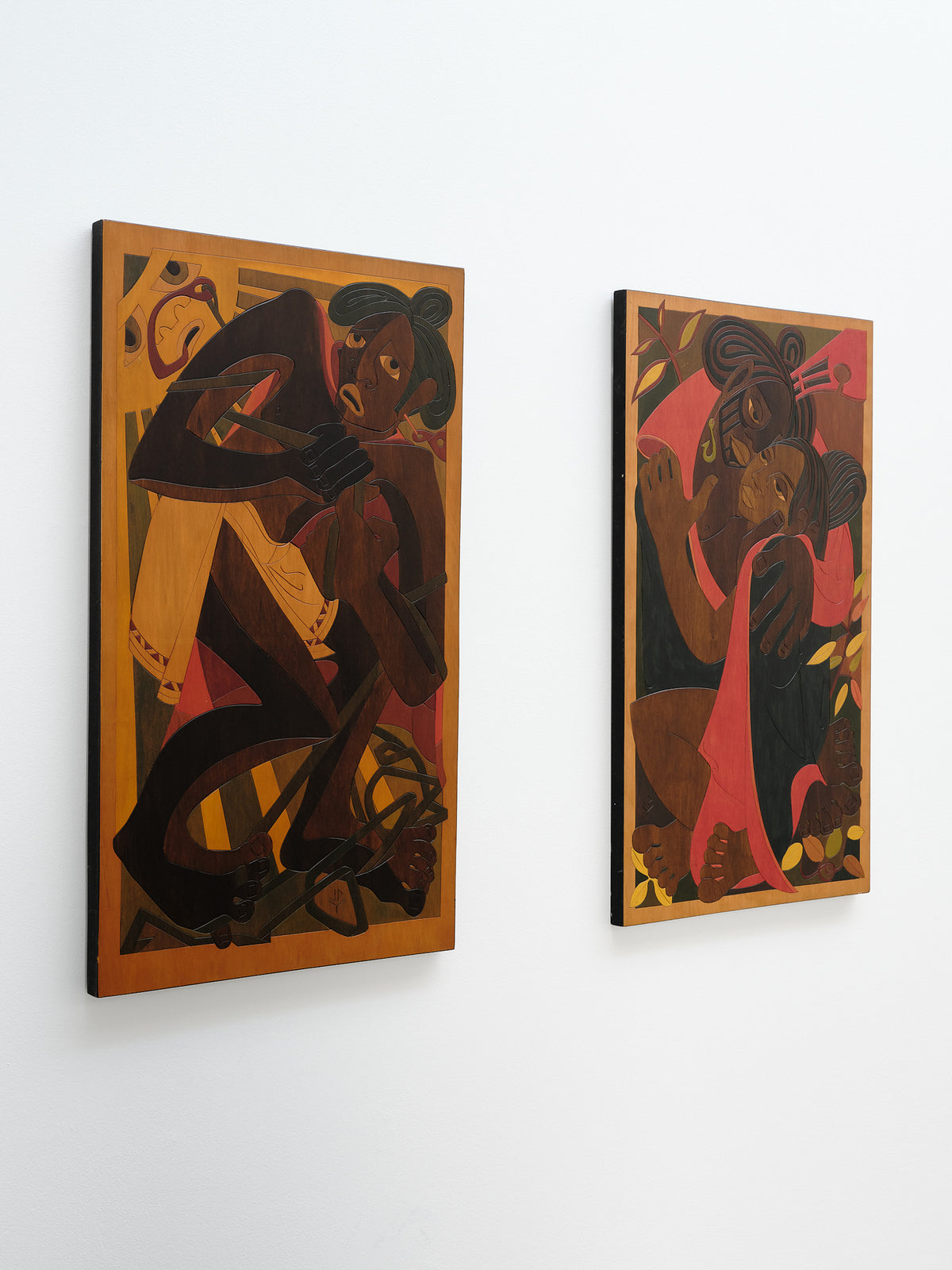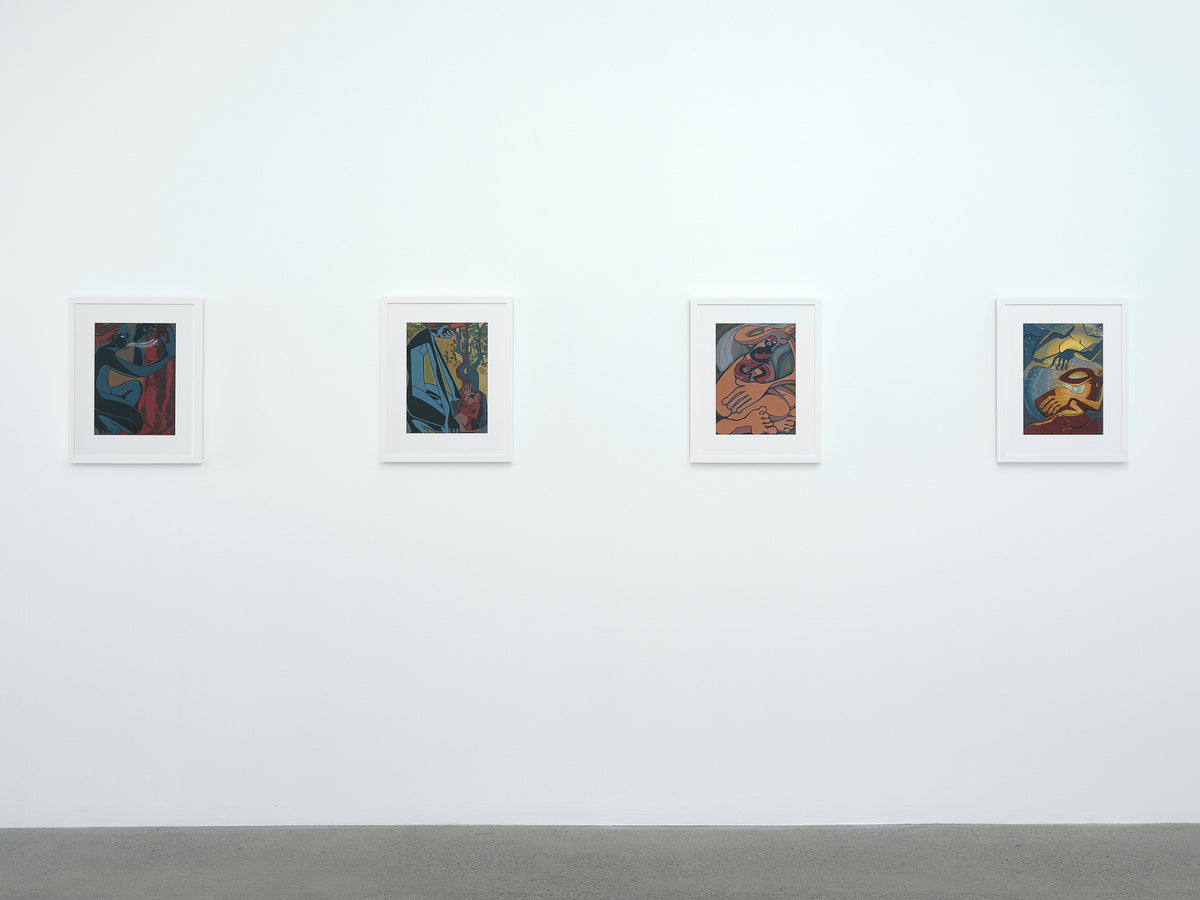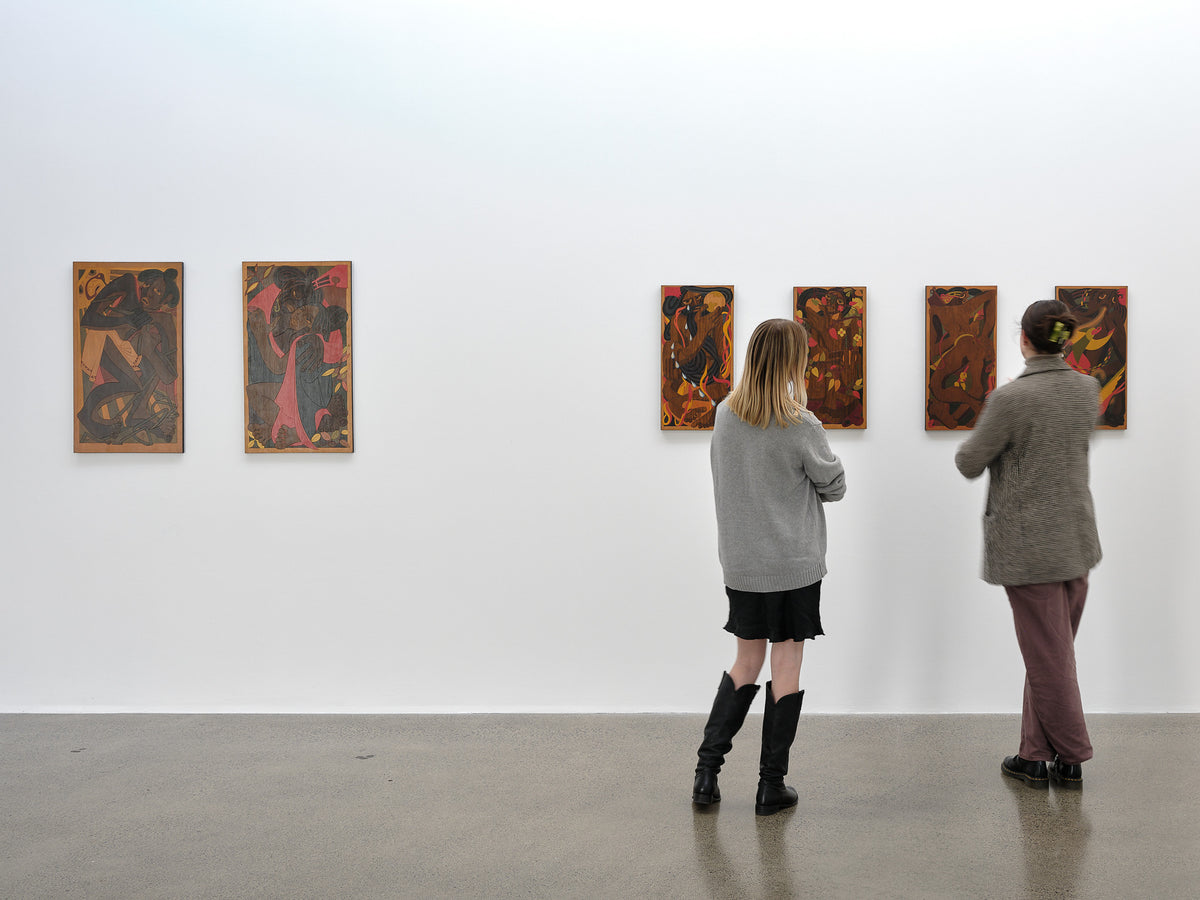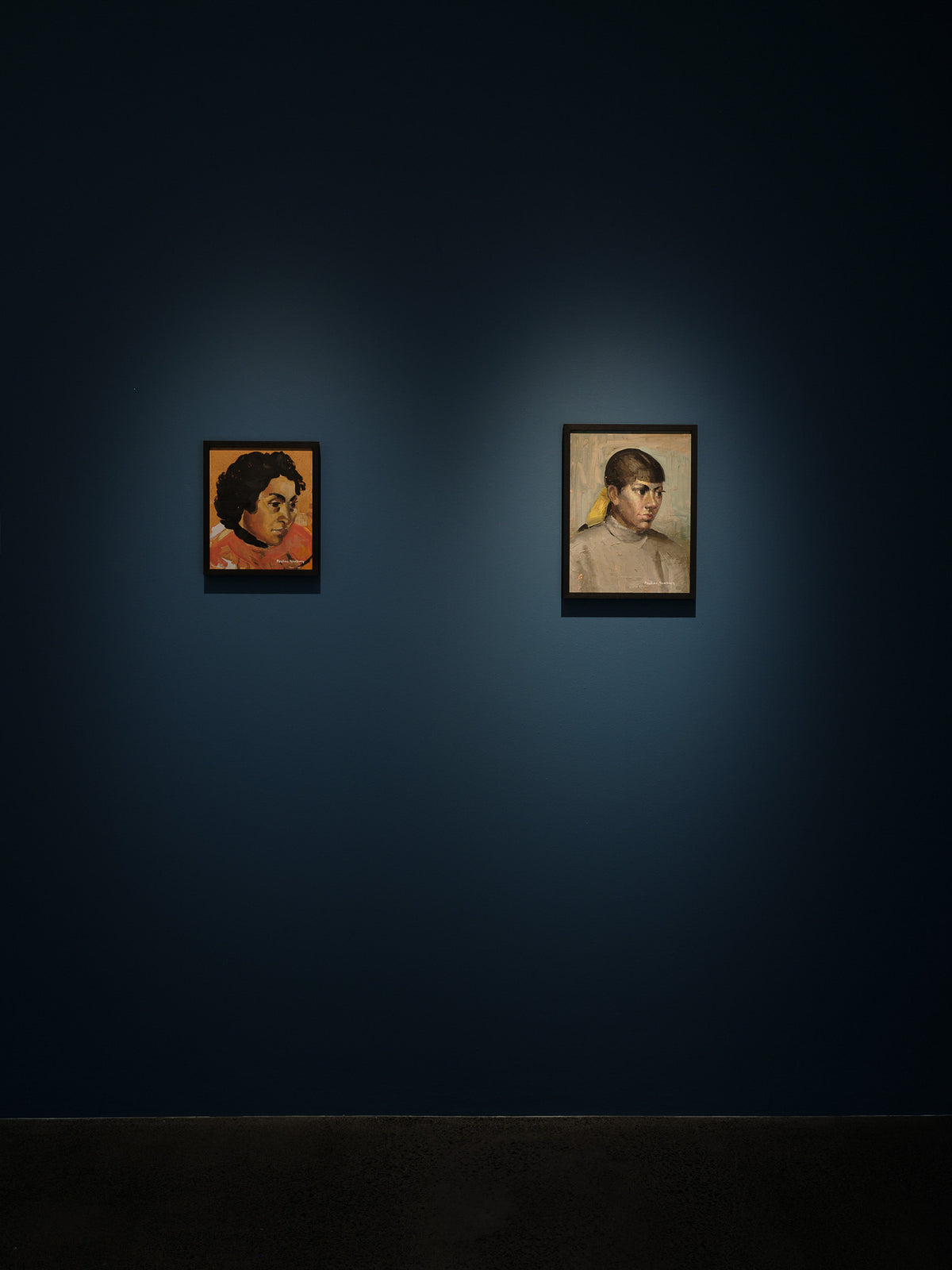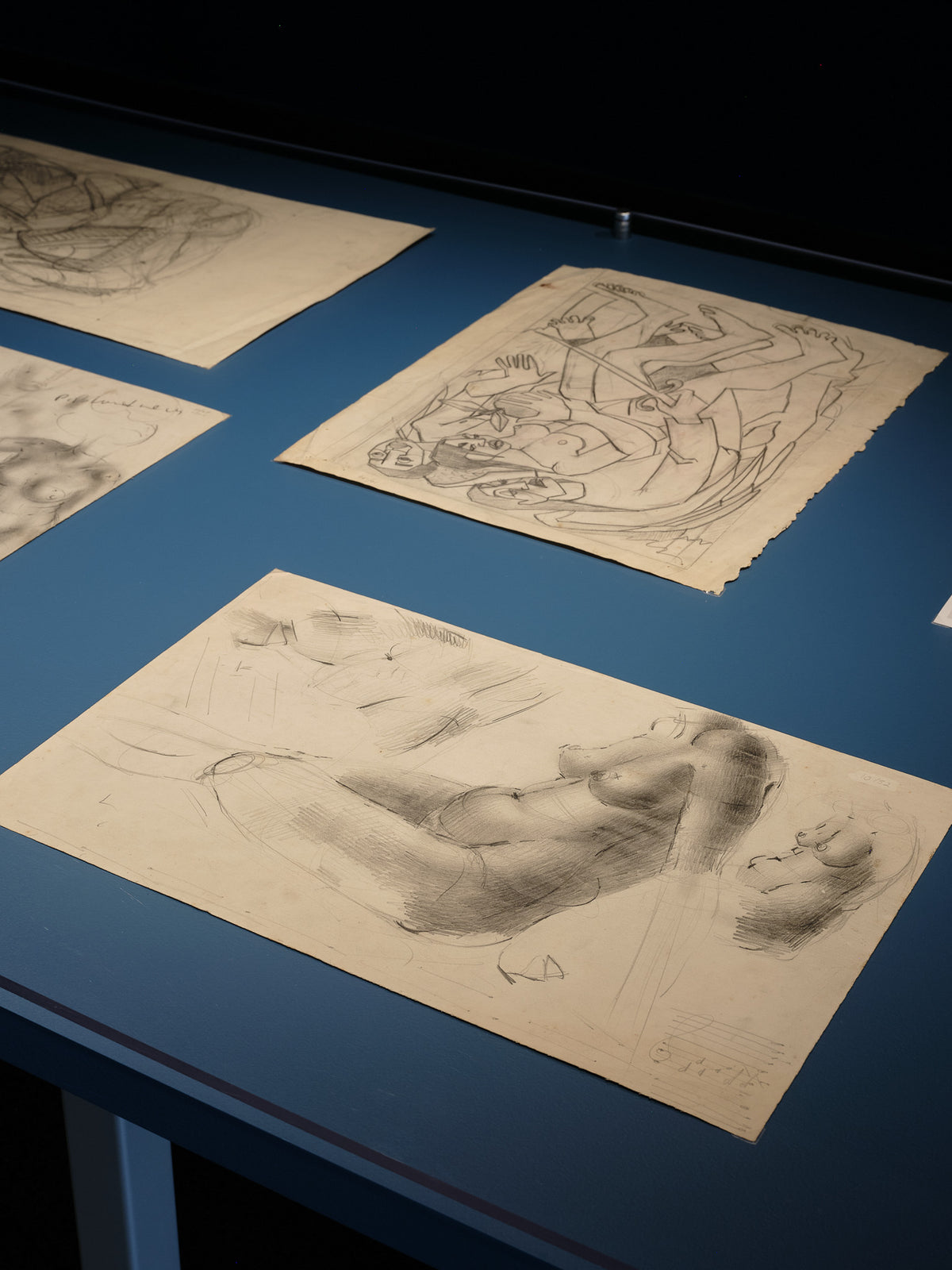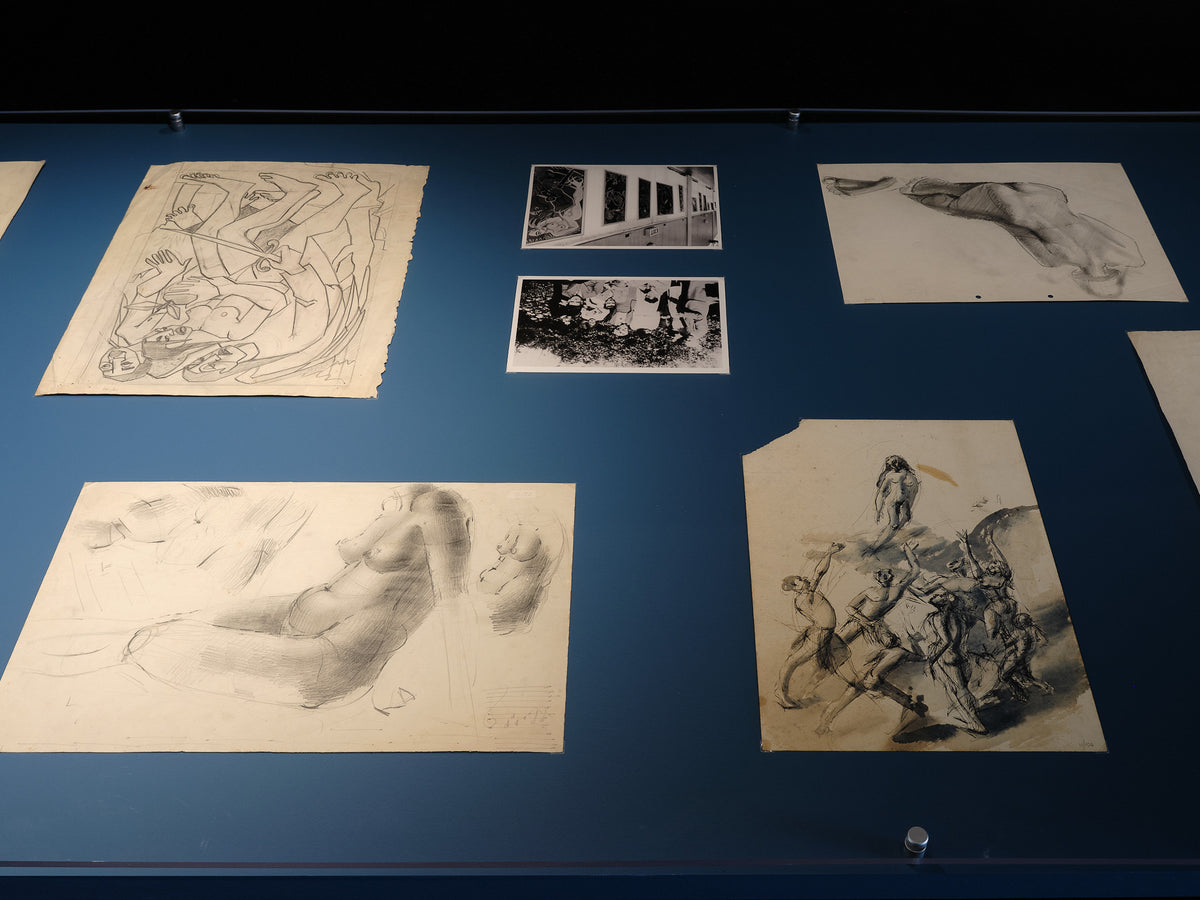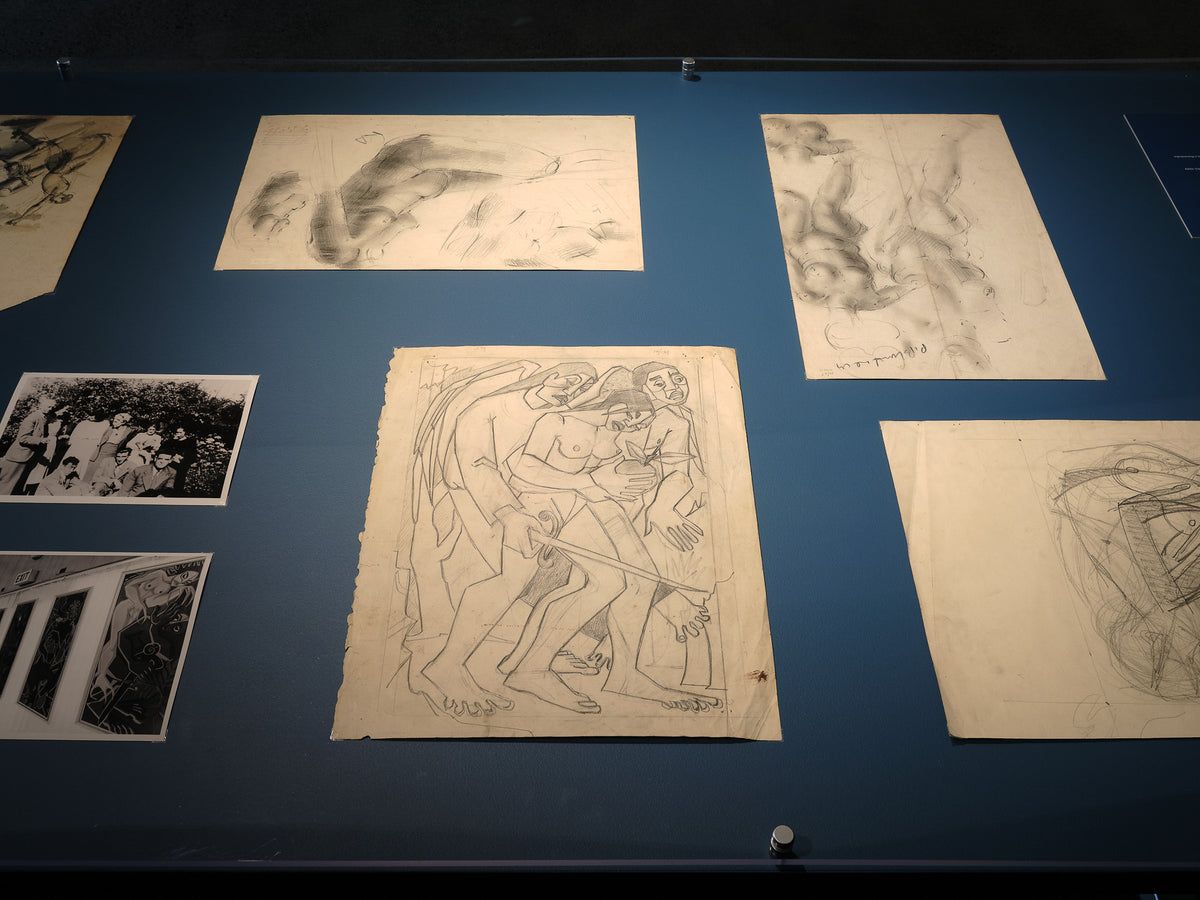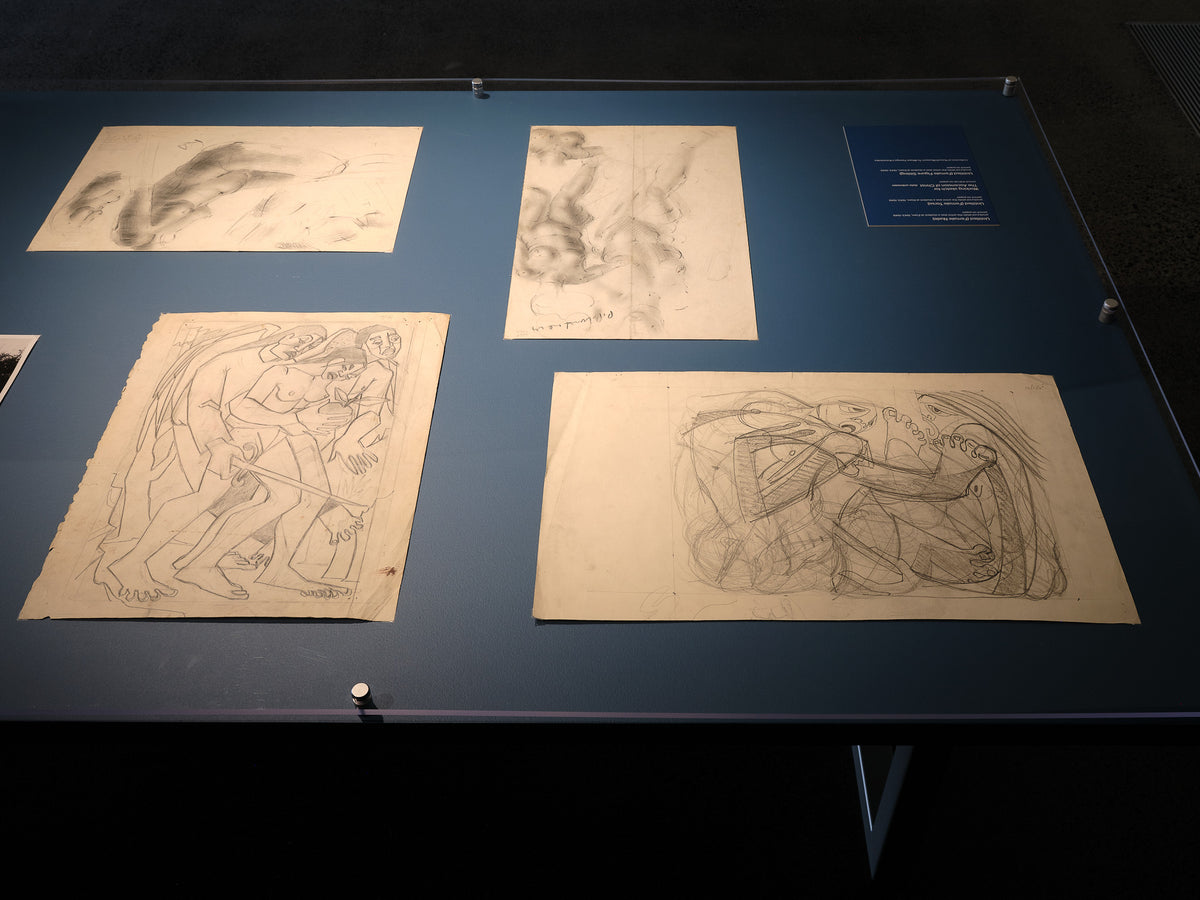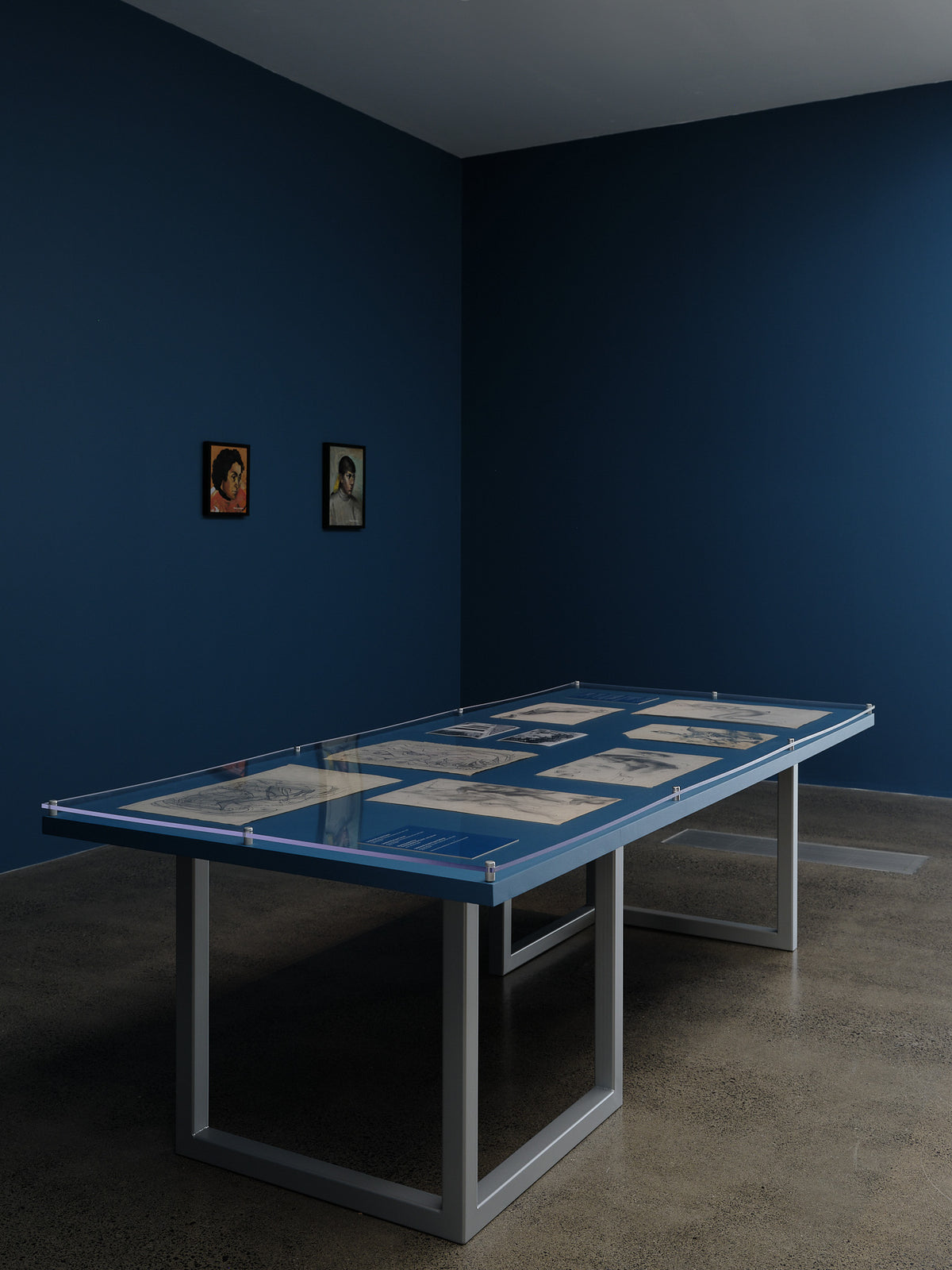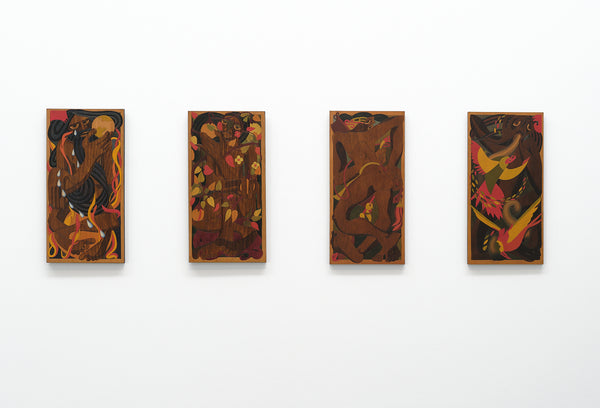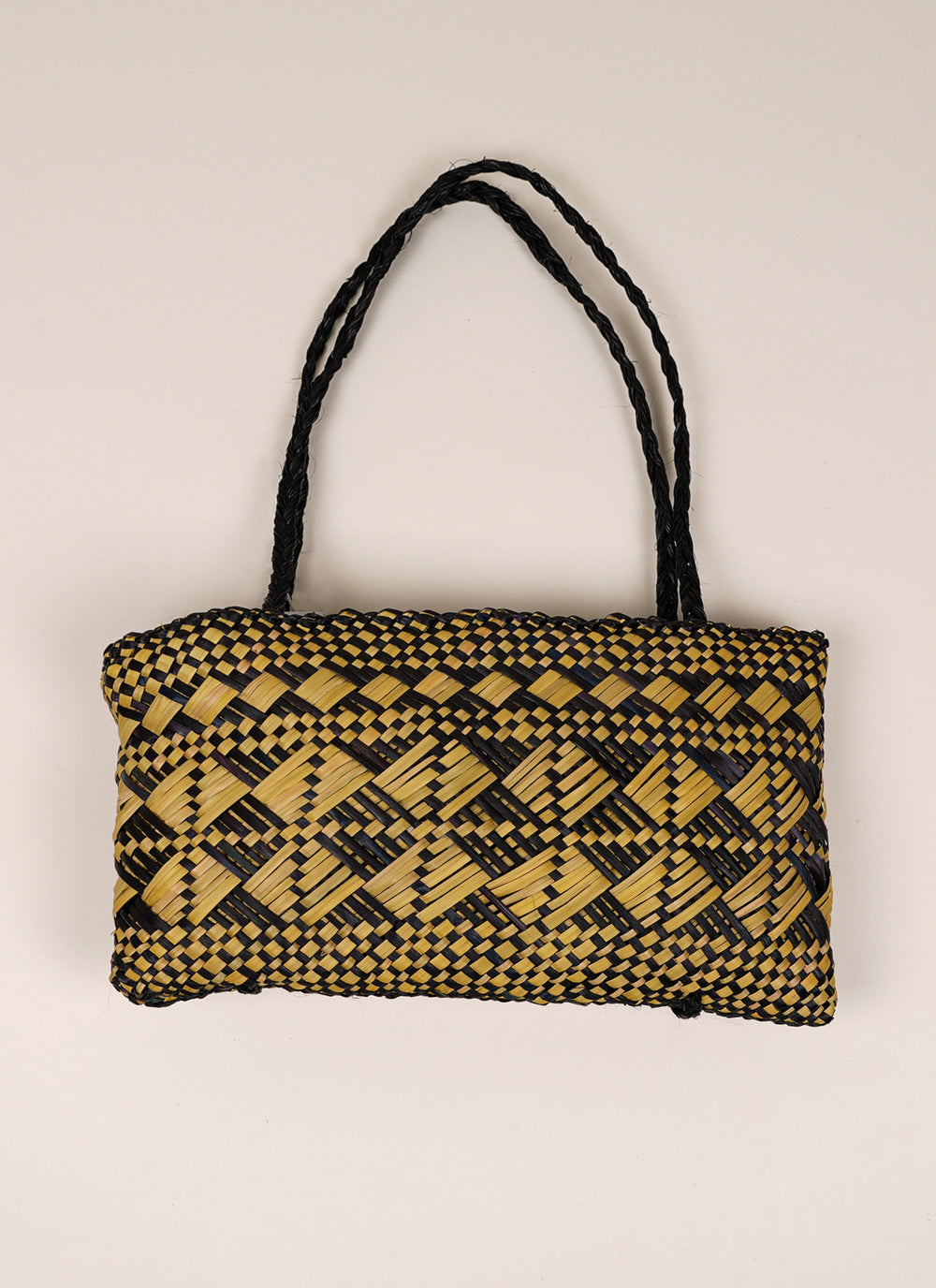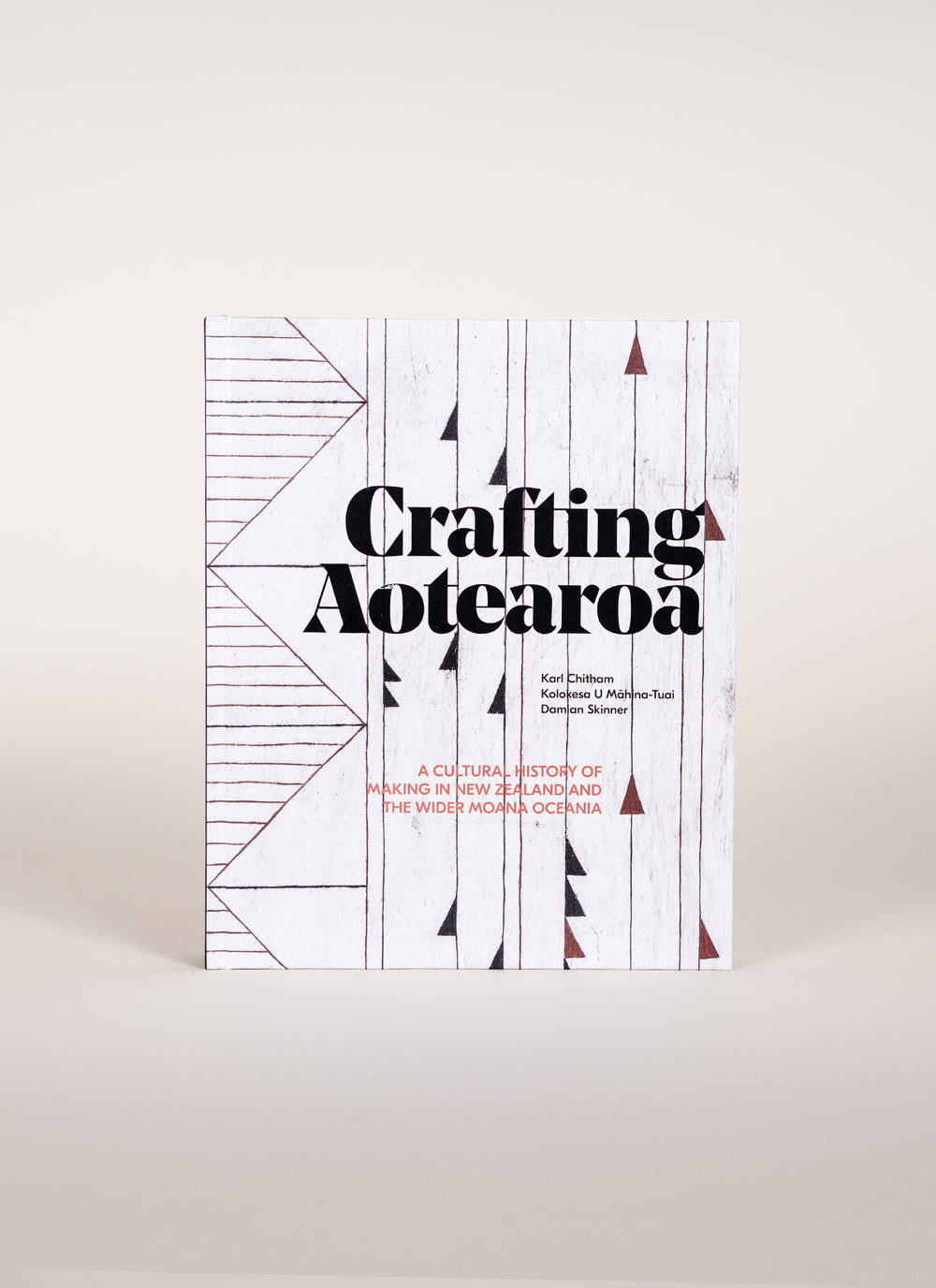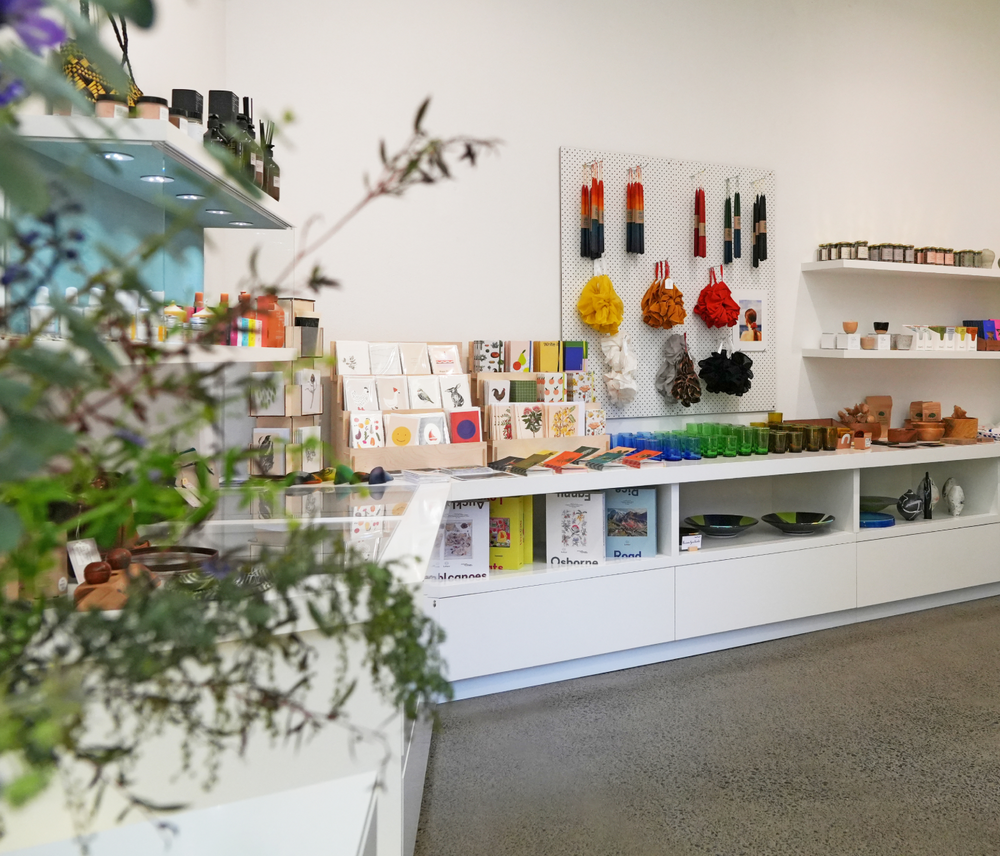Pauline Kahurangi Yearbury
Life in forms
Time and location
3 MAY – 27 JULY 2025
Life in forms is a focused survey of the work of trailblazing Ngāpuhi artist Pauline Kahurangi Yearbury (1928-1977). It charts the artist’s practice over four decades, from her early works in the 1940s to her final pieces in the 1970s. Showcasing sketches, paintings and incised wood panels, the exhibition examines Yearbury’s distinctive approach to depicting the energy and emotion of the human form, and her commitment to sharing Māori cultural narratives.
Yearbury is a foundational figure in contemporary Māori art. She is recognised as the first Māori artist to portray Māori creation narratives in a modern idiom, and the first Māori artist to train at Elam School of Fine Arts. Life in forms includes a selection of life drawings made by Yearbury during her time at Elam in the 1940s and 50s, evidencing her close study of human anatomy. The artist’s characteristic illustrative style emerges in work from the 1960s and 70s. Her paintings, sketches and incised wooden panels of these decades evoke figures from Māori genealogical and cosmological narratives including atua (deities), tūpuna (ancestors), and personifications of the seasons. Boldy delineated with angular or sinuous outlines, their stylised bodies are folded into rectangular frames as if waiting to unfurl into existence.
Pauline Kahurangi Yearbury (née Blomfield) was born in Matauri Bay in the Far North. She attended primary school in Kororāreka Russell before moving to Tāmaki Makaurau with her family. Yearbury was a student at Elam School of Fine Arts from 1943 to 1949 after which she joined the staff as a tutor. In 1966 Yearbury exhibited four paintings in the landmark Māori art exhibition New Zealand Māori Culture and the Contemporary Scene, guest curated by artist Buck Nin and Baden Pere at Canterbury Museum, which went on to tour internationally.
In 1967 Yearbury opened the Colonial Gallery in Kororāreka Russell with her husband and fellow Elam student Jim Yearbury. Here the artist sold and promoted her work including wooden panels which were designed by Yearbury and incised by her
husband. In 1976 she published a richly illustrated book The Children of Rangi and Papa: The Māori Story of Creation. This pairs reproductions of fifteen emotive paintings with her retelling of the Māori creation story recorded by George Grey in 1855. Just one year later in 1977, the artist’s career was cut short by her untimely death. Despite being largely overlooked in the decades since her death, Yearbury has garnered increasing attention in recent years for her important contribution to contemporary Māori art.
Curated by Hester Rowan.
Texts written with input from Megan Tamati-Quennell.
Ways to engage
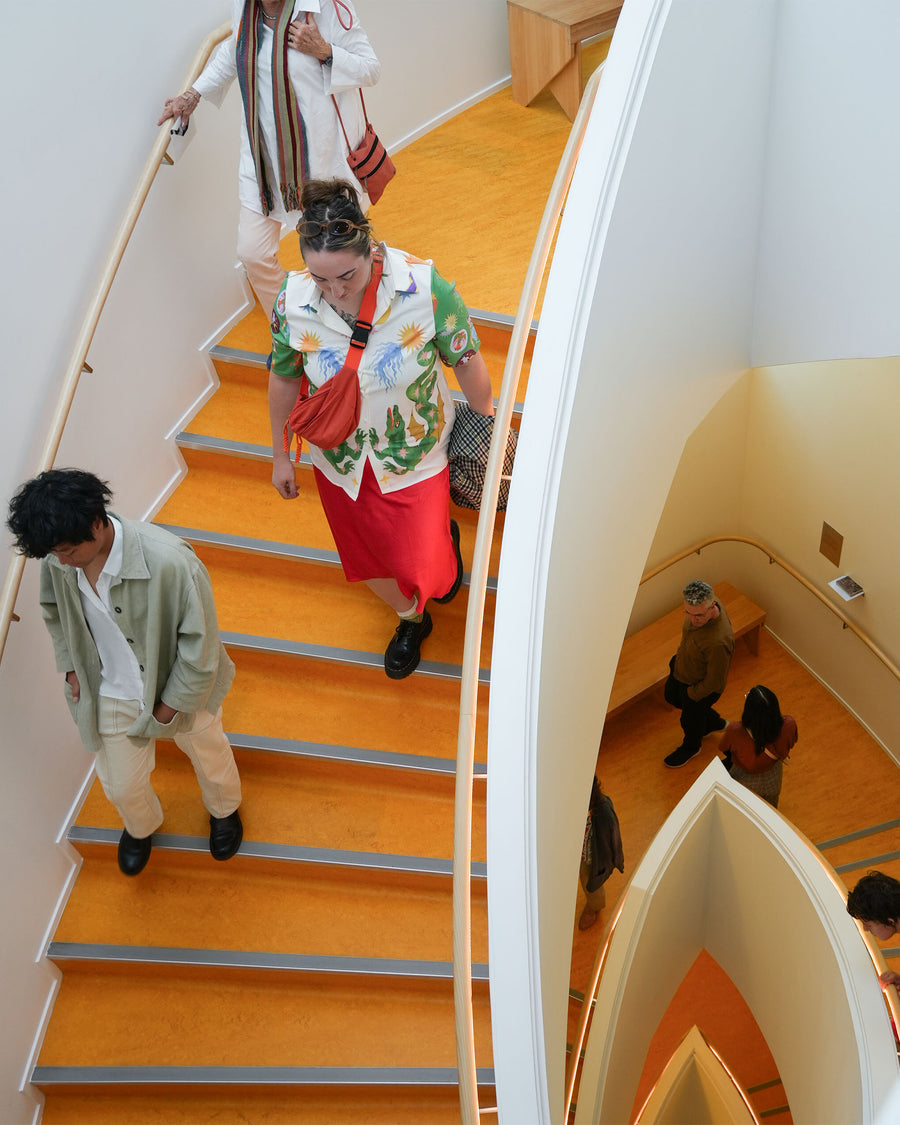
Help keep Te Uru humming
Te Uru plays a leading role in sharing contemporary art with diverse audiences. your support enables us to continue this important work by making our exhibitions and programmes accessible to everyone. By donating to Te Uru, you are contributing essential funds to the development of art in Aotearoa, and the communities it nourishes.
